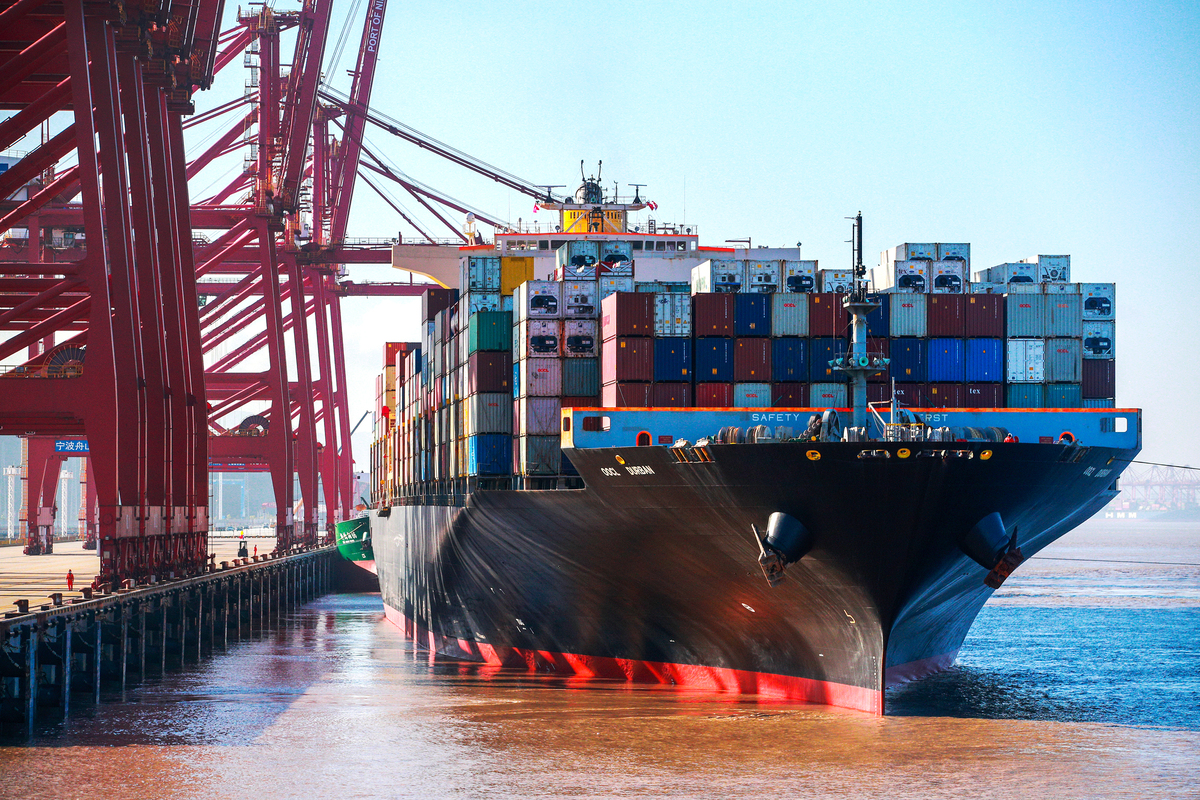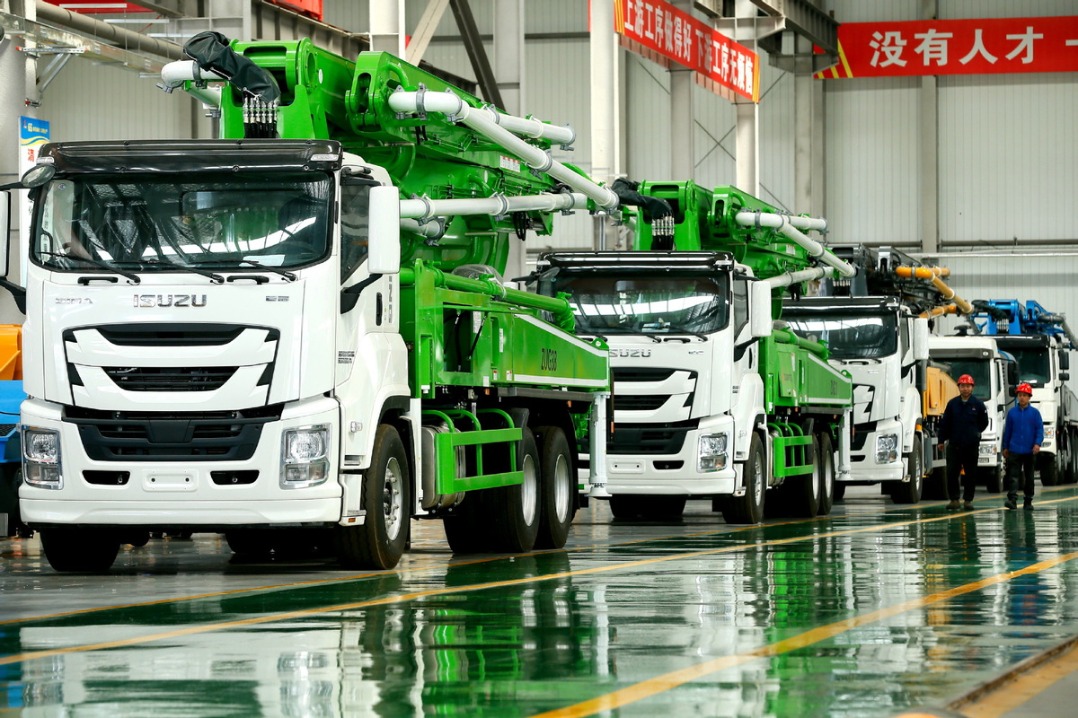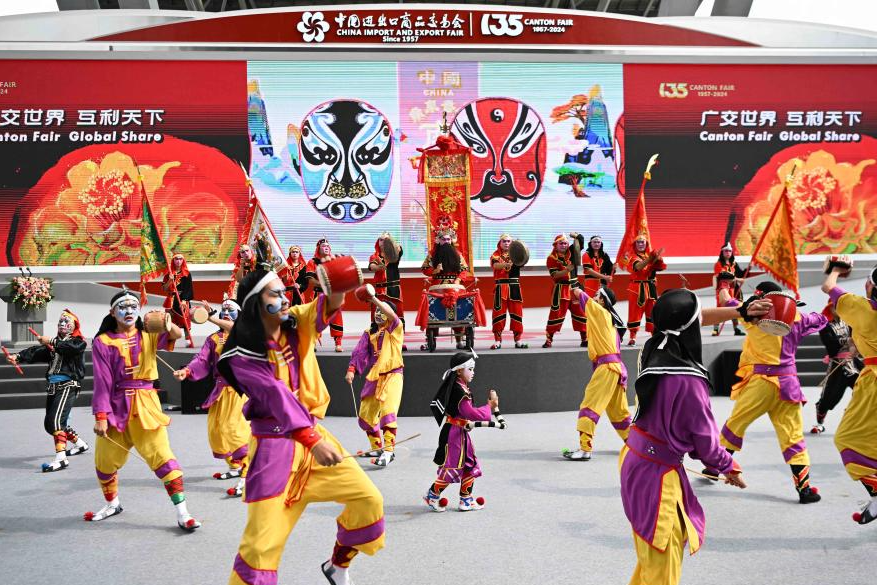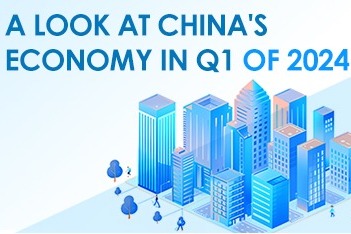Christmas exports keep pace with challenges


New and innovative items such as Christmas fireplaces with 3D flame imaging and disguised projection technology and music players in the shape of Santa Claus have become popular choices for overseas markets this year, according to information provided by Cixi Customs.
Such upgraded Christmas products also boosted the company's overall sales. Hu Yujun, deputy general manager at Ningbo Gengxin Appliance Industry Co Ltd, a fireplace manufacturer, said the company has seen a countertrend in its export volume. Compared with traditional fireplaces, the price of upgraded fireplaces has increased by more than 50 percent this year.
On the basis of ensuring the indoor heating function of the product, the ornamental and decorative effects of the product are more prominent. The company's exports soared by about 25 percent year-on-year in the first seven months.
From the perspective of Ningbo-Zhoushan Port's export volume, high-value-added Christmas products and their derivatives were one of the major export categories in July and August. While the export volume of these products is increasing, the proportion of high-end Christmas goods is also growing, according to Ningbo Customs.
Despite the uncertainties that have put pressure on China's exports, the country's foreign trade maintained an upward momentum in the first seven months, while the country's foreign trade expanded by 24.5 percent year-on-year to 21.34 trillion yuan, according to the General Administration of Customs.
However, the uncertainties and risks in the global supply chain amid the COVID-19 pandemic were also highlighted.
"Instead of sea transportation, some Christmas goods bound for Europe can be exported via land-based transportation," said Qiu Xuemei, sales manager of Dongyang Weijiule Crafts Co Ltd in Jinhua, Zhejiang province. "But freight rates for the China-Europe freight train service are likely to double in September."
Driven by surging demand from European and Central Asian markets, Hangzhou Customs reported that Zhejiang province has seen strong import growth via the freight train service linking Europe in the first seven months.
In the January-July period, the China-Europe freight train service connecting Jinhua in Zhejiang with cities in Central Asia and Europe handled 26.71 billion yuan worth of goods, up 130.7 percent year-on-year.
The reality of tight capacity and high freight rates is a global issue. The Ministry of Commerce, in conjunction with the Ministry of Transport and other government branches, has actively taken measures to increase container supply, boost shipping capacity and strengthen international cooperation, said the Ministry of Commerce spokesman Gao Feng.
"We will further study targeted measures to stabilize foreign trade and smooth international logistics, enrich cooperation with various trading partners and work together to cope with challenges," Gao said.
Even though the new rounds of COVID-19 outbreaks have brought uncertainty to the world's economic recovery, Tu Xinquan, a professor of international trade at the University of International Business and Economics in Beijing, said China's role in maintaining the stability of global industrial and supply chains is irreplaceable.
The risks and challenges currently facing China's foreign trade generally come from outside. It is forcing foreign trade companies to accelerate transformation and upgrading, seize the opportunity of the global industrial chain and supply chain reconstruction, and grasp the development trend of new business in foreign trade, Tu said.
Moreover, in Southeast Asia, one of the world's major manufacturing bases, countries such as Indonesia, Thailand, Vietnam and Malaysia have been affected by the pandemic. Lockdown measures in some countries have also led to increasing port congestion and disrupted their export activities, he said.
China's exports are supported by increasing global demand in high-tech sectors, such as information technology, high-end equipment and new energy, said Liang Ming, director of the Institute of International Trade affiliated with the Chinese Academy of International Trade and Economic Cooperation.
He said production resumption in other countries will drive up demand for higher value-added goods where China has comparative advantages, such as intermediate products.




































